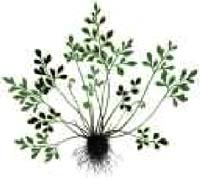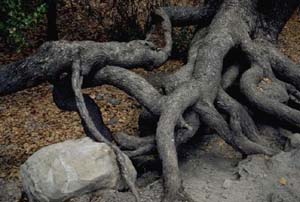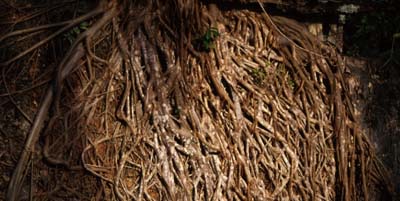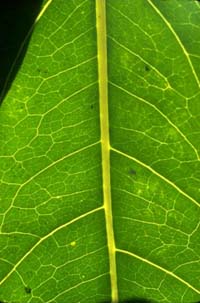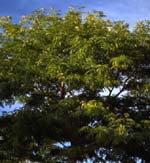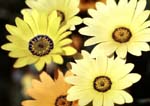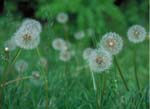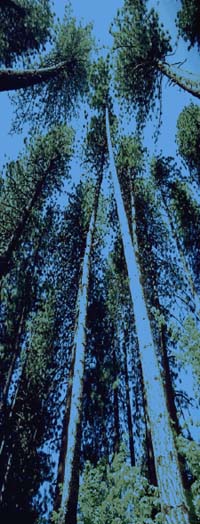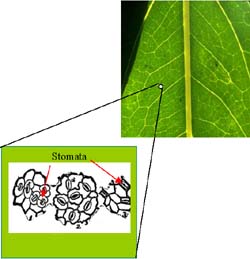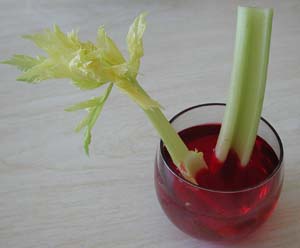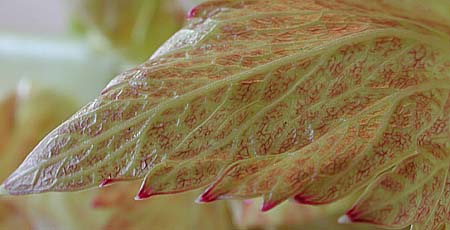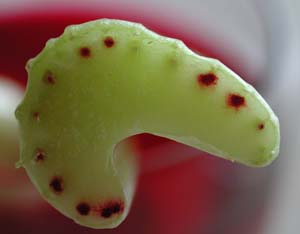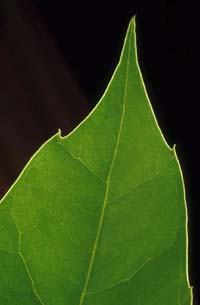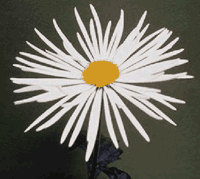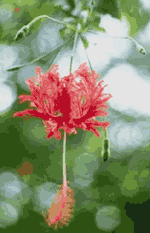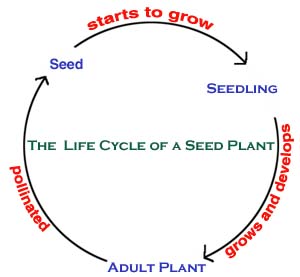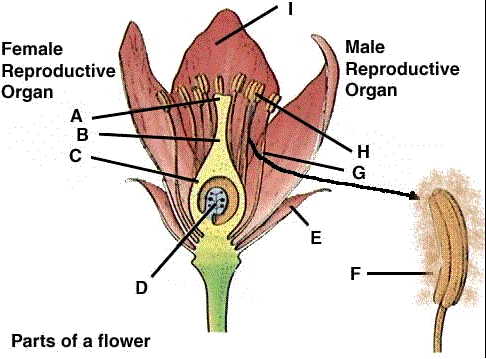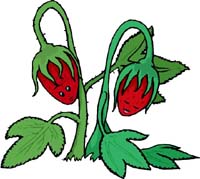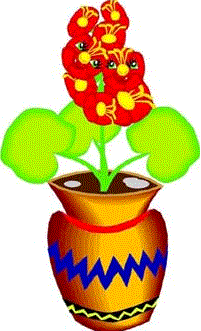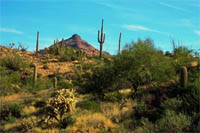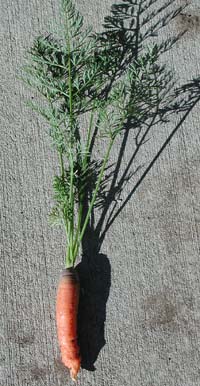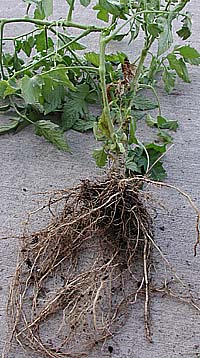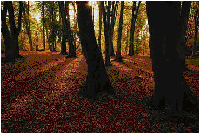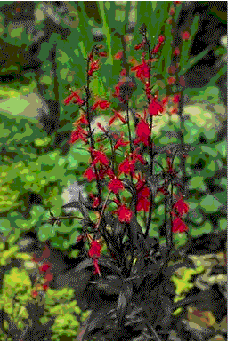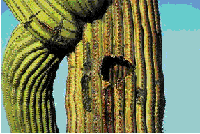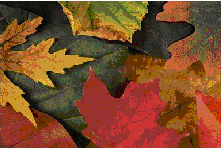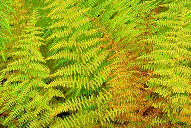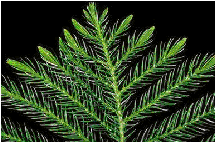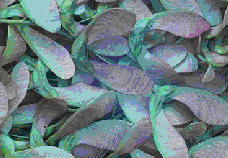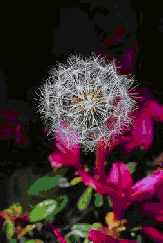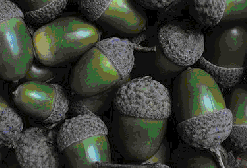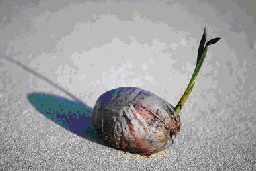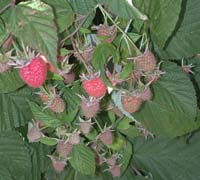| In this lesson you will examine the life cycle of seed plants. Understanding the life cycles of seed plants allows use to grow the food we need to feed the world. You and your family have a garden that allows you to enjoy the flavour and health benefits of fresh vegetables. I hope you enjoy this lesson and can put the information you learn into practice in a small garden of your own. Watching your garden grow can be an amazingl experience.
Life Cycles - What Are They?
A life cycle includes the stages that a living organism goes through from one generation to another. Most organisms go through a life cycle. Humans, like you and I, have a life cycle, and so do seed plants. Let's examine our own first.
The human life cycle begins when a sperm (from the father) and an egg (from the mother) join to form a new human life. The baby grows inside its mother and is then born into this world. The baby grows to a child and then to an adult. Adults reproduce and produce another generation of people. That's the life cycle of a human. Lets now go on and examine the life cycle of a seed plant.
Life Cycle of Seed Plants
If you live in a farming area you are already quite familiar with the life cycle of seed plants. First, a seed in put into the ground. There it germinates and begins to grow out of the ground. Over the growing season the plant grow stronger and taller until it is ready to reproduce. Now the plant grows a flower. The flower is fertilized, possibly by insects such as bees, or perhaps by the wind. The attractive parts of the flower, like the petals or the parts that produce an attractive scent, have now done their job, and begin to die back. The plant now puts most of its energy into producing the seeds. As the seeds mature, they drop from the plant, or are blown away on the wind to begin a new generation of plants when favourable conditions for life return again.
So lets quickly review that again in point form: 1. The seed germinates and grows to a tiny seedling.
2. The seedling grow to an adult plant which contains flowers.
3. The flowers are pollinated and new seeds begin to grow and mature.
Sexual Reproduction in Plants
Seed plants use flowers to sexually reproduce. This means that each flower contains both the male and female reproductive organs.
Sexual reproduction uses up great deal of energy in plants so there must be some real advantage of sexual reproduction over asexual reproduction. In sexual reproduction, the offspring are different from either of their parents. This variation may allow the new plants that grow to survive conditions or disease that their parent plant can't. This advantage is found in all species that reproduce sexually even us! For example, you are a totally unique person. No one else is exactly like you (unless you have a twin).
Activity: Examining the Parts of a Flower
Use your textbook and the Internet to name the flower parts in the diagram below. You will be recording this work in the lab that follows. You could try this document for flower part information: Flower Parts
Pollination
Pollination is the act of transferring the pollen grains from the stamen to the pistil. Some plants can self-pollinate. In this case the pollen transfers from the stamen to the pistil on the same flower. Many grains like wheat and barley are self-pollinators.
Other plants are cross-pollinated.
This means that the pollen from on flower is transferred to other flowers by wind or animal activity. Our friend the bee is one of the main pollinators of our food crops. Other animals like humming birds, bats and other insects look after the job. In return for their efforts, they are rewarded with nectar that many eat on the spot. There are many professional beekeepers in Alberta who travel with their bees to ensure that crops get fertilized.
Moving On
Other seeds are hidden with fruits such as apples, mangos and kiwi fruit. Why do you think the plant goes to so much trouble and energy to make fruit? Plants need to ensure that the seeds they produce will disperse (spread out) over a larger area. One way to ensure this is to have an animal eat the fruit and then walk or fly away from the plant. When the animal goes 'to the bathroom' (they don't really have bathrooms - but you know what I mean) the seeds are deposited on the ground with a fresh supply of fertilizer. This usually happens a long way away from the parent tree and so the plants can eventually spread out over a large area. Other plants drift on the wind like the dandelion or have barbs on them to catch on an animals fur or our pants. However they do it, they must spread out away from the parent plant. Tumbleweeds have a neat way to do it. The parent plant breaks away from the ground and as it blows around in the wind, the seeds fall off.
Seeds
|







